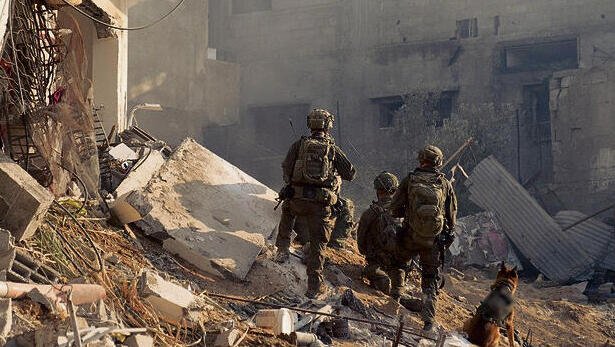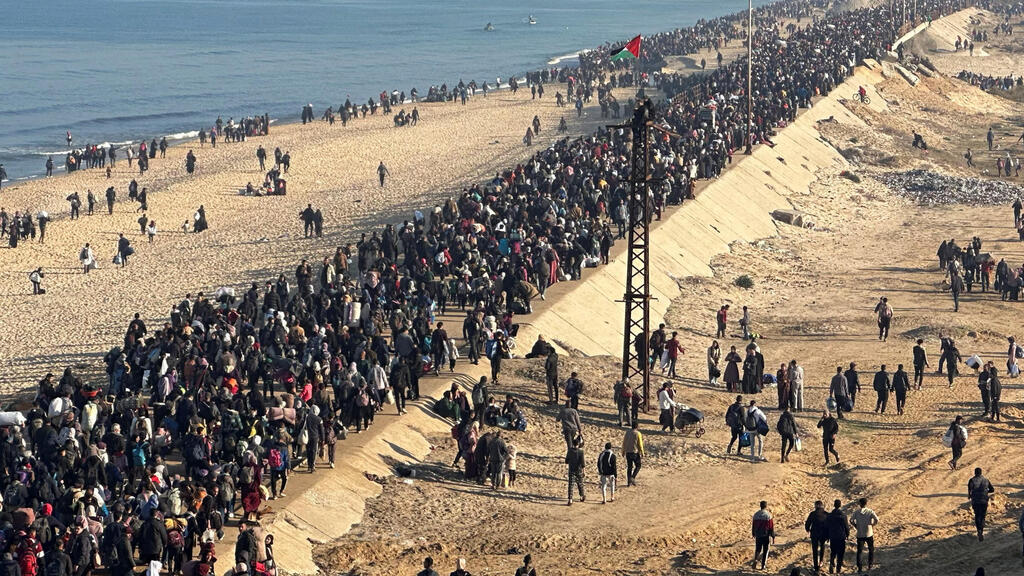“The current direction is occupation, but in the Middle East, things can shift rapidly,” cautioned one senior official. He noted U.S. efforts to propose a humanitarian response, adding, “right now, things are heading toward full occupation, but that could change.”
The debate extends beyond tactical concerns, such as risks to hostages or the timing for an exhausted military needing at least a year to recover after nearly two years of relentless combat. The core issue lies in the absence of a long-term strategic vision for Gaza’s future, a decision Netanyahu has consistently avoided.
These choices, or a combination thereof, should have been addressed in the Cabinet’s first Gaza discussion in November 2023, but the government has repeatedly sidestepped them.
“This is the first war where the IDF was sent to fight without a clear goal, then blamed for failing to achieve it,” security officials said, emphasizing that any strategic decision will spark domestic and international controversy, requiring political leaders to justify its necessity to both Israelis and the global community.
“The occupation of Gaza is not a goal; it’s a means to a legitimate security and political end. Presenting it as the goal, as if failure rests with the IDF, distorts reality,” officials added.
Zamir has urged a hostage deal to ease the burden on IDF combat soldiers, allowing focus on defeating Hamas, even if the group retains its weapons and future clashes remain inevitable after a year of military stabilization.
A massive reservist call-up is unlikely before summer’s end, leaving the operation reliant on young active-duty soldiers, as seen in recent Operation Gideon’s Chariots. Hamas’s strongholds in neighborhoods like Sabra, Shati, Rimal and Sheikh Ajlin, bolstered by restored tunnels, pose significant challenges.
“Three weeks to clear a neighborhood often stretches to three months,” officials noted, highlighting the prolonged nature of past operations. The Mawasi region, a vast displaced persons’ hub west of Khan Younis, presents the most complex challenge, with Hamas leaders like Mohammed Deif having sought refuge there.





